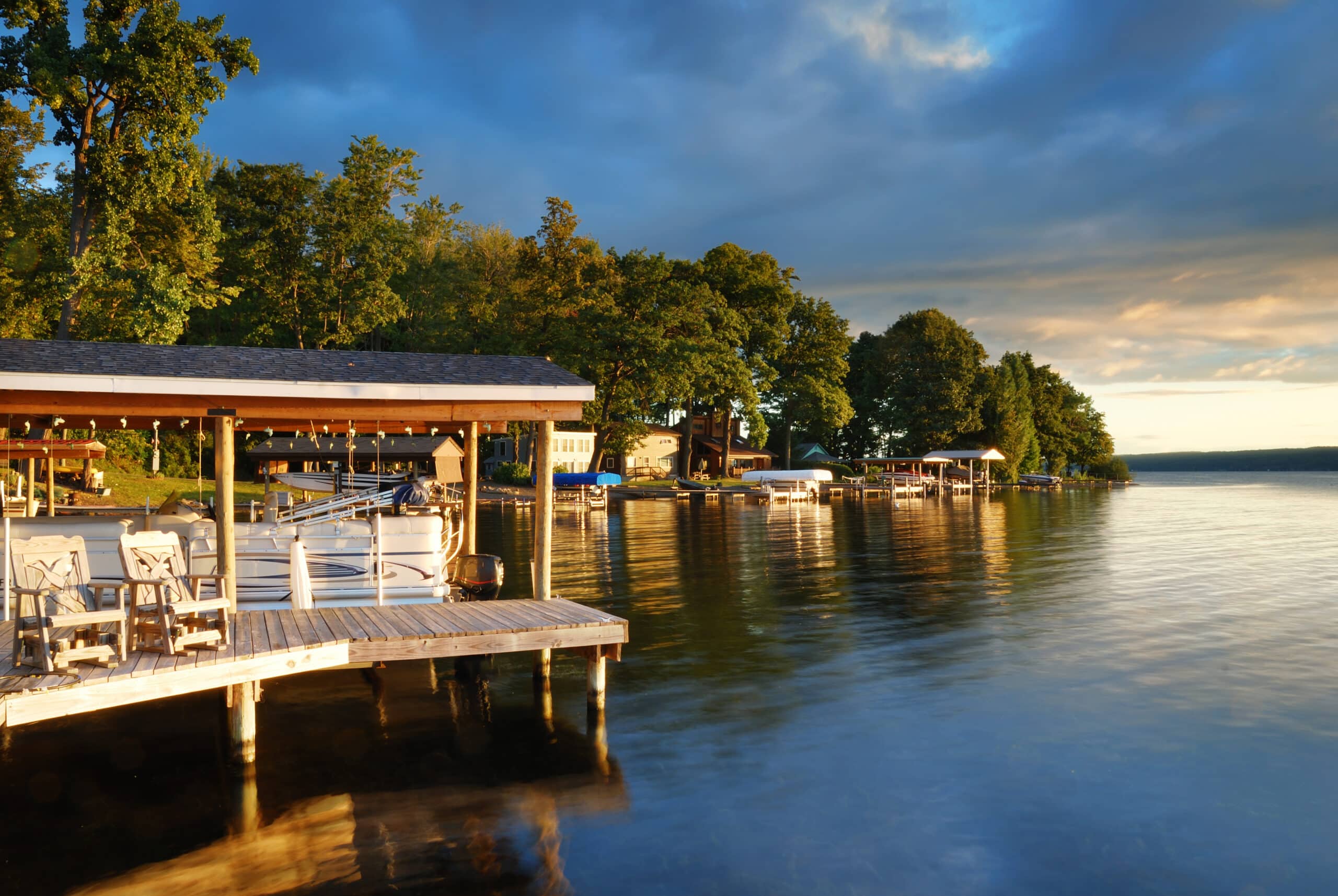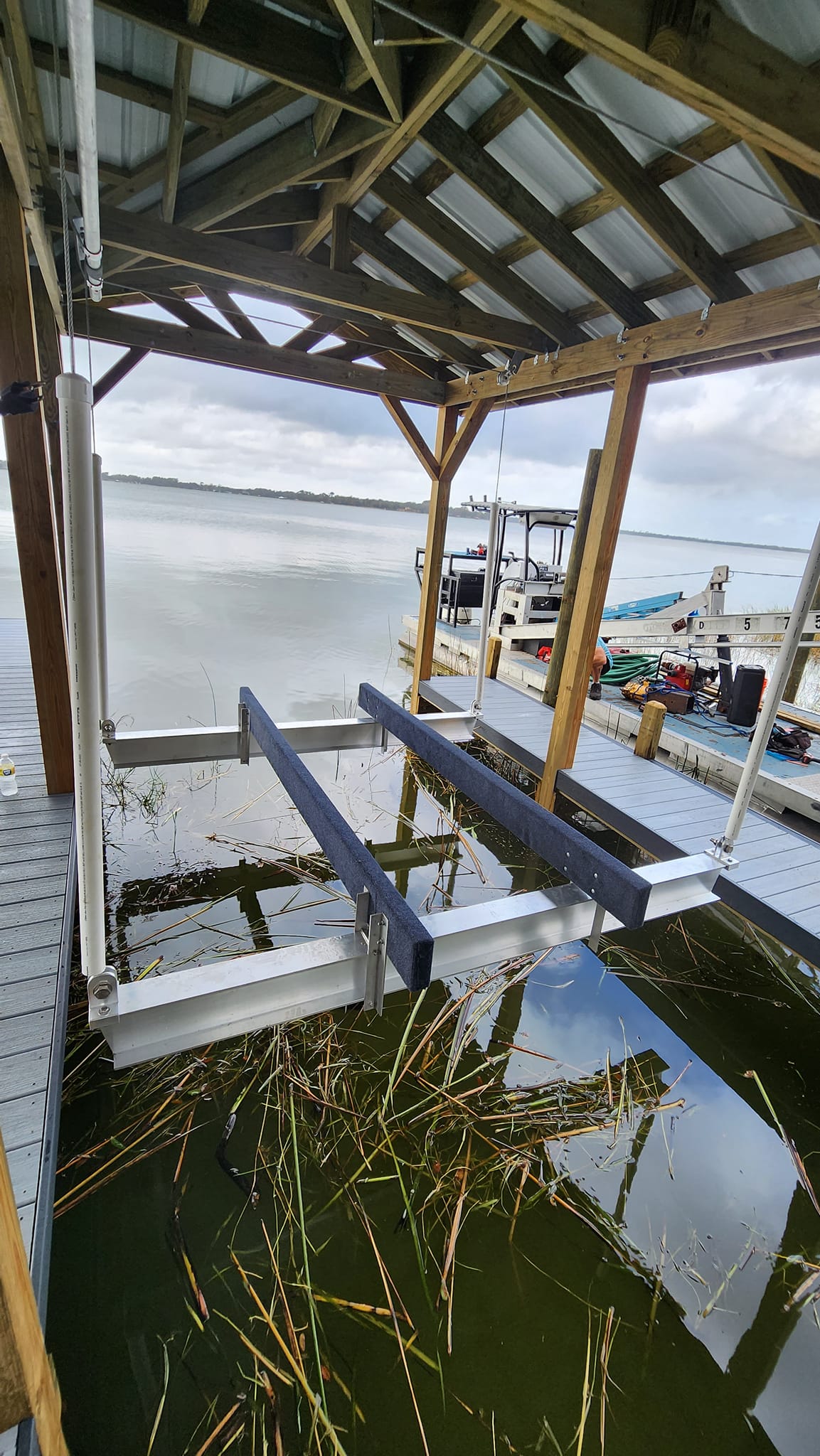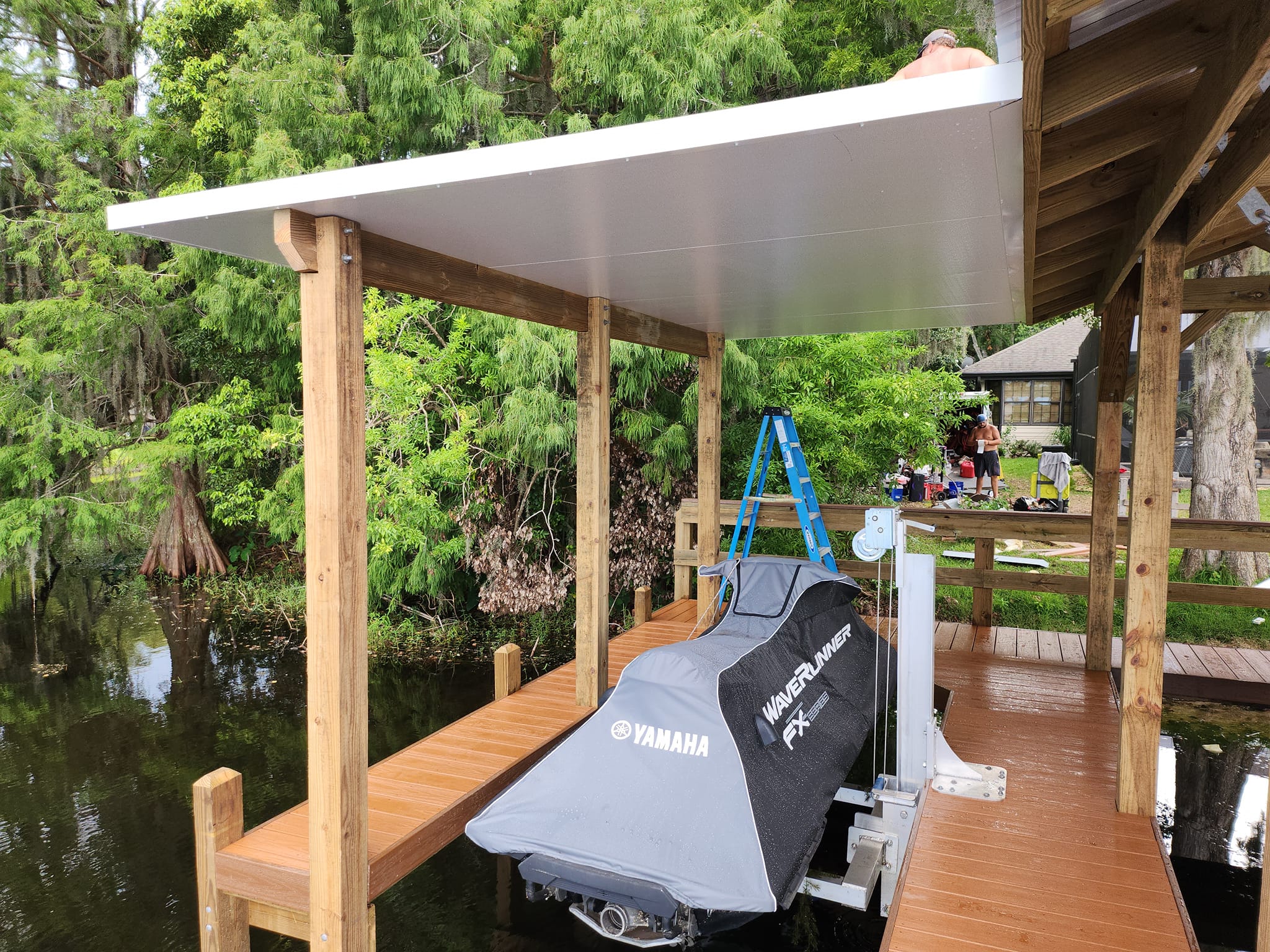Custom Boat Houses Tailored to Your Property
A well-constructed boat house isn’t just practical. It’s a central feature of your waterfront lifestyle. We custom-design every boat house to match your vessel, dock layout, and property vision, using durable, weather-resistant materials and a hands-on approach.

Shields your boat from sun, rain, and storms
Adds value to your property
Matches the look of your home or dock
Built with marine-grade wood, composite, and metal roofing
Integrated features like lighting, power access, and walkways
Shields your boat from sun, rain, and storms
Adds value to your property
Matches the look of your home or dock
Built with marine-grade wood, composite, and metal roofing
Integrated features like lighting, power access, and walkways
Boat House Types We Offer
We design and build waterfront structures that are made to last in Eustis’s unique lakeside environment. Whether you need a new dock, seawall, or a complete shoreline renovation, our team delivers tailored solutions with precision and pride.
Fixed-Pier Boat Houses
Anchored into the lakebed for maximum strength and durability.
Floating Boat Houses
Designed to move with fluctuating water levels. Ideal for canals or lakes with seasonal changes.
Multi-Vessel Boat Houses
Double-slip and multi-use options for boats, jet skis, and other watercraft.
Boat House with Entertaining Deck
Wraparound decks and platforms with space for lounging, fishing, or relaxing by the water.
Professional Boat Lift Installation
Launching and storing your boat should be fast, safe, and effortless. We install high-performance electric and hydraulic boat lifts tailored to your shoreline, dock structure, and boat size. Whether you’re lifting a bass boat, pontoon, or jet ski, we install systems that make daily use simple and secure.
Professional Boat Lift Installation
Launching and storing your boat should be fast, safe, and effortless. We install high-performance electric and hydraulic boat lifts tailored to your shoreline, dock structure, and boat size. Whether you’re lifting a bass boat, pontoon, or jet ski, we install systems that make daily use simple and secure.
Boat Lift Types Available

Bottom-Standing Lifts
Overhead Beam Lifts (Set-Back Lifts)
Side-Mount or Top-Lifting Lifts
Hydraulic Tower Lifts
In-Ground Cable Lifts

Bottom-Standing Lifts
Ideal for shallow or calm water with firm bottom conditions.

Overhead Beam Lifts (Set-Back Lifts)
Two-tower system with a pulley and cable design. Great for heavier boats.

Side-Mount or Top-Lifting Lifts
Space-saving design powered by electric motors. Perfect for narrow dock spaces.

Hydraulic Tower Lifts
Smooth, quiet, and easy to use. Designed for larger boats or regular use.

In-Ground Cable Lifts
Built into the dock structure for a clean and uncluttered shoreline view.
Why Choose Creative Dock Design
As Eustis’s trusted dock and lift contractor, we bring the experience, design expertise, and local knowledge you need for a lasting build.
